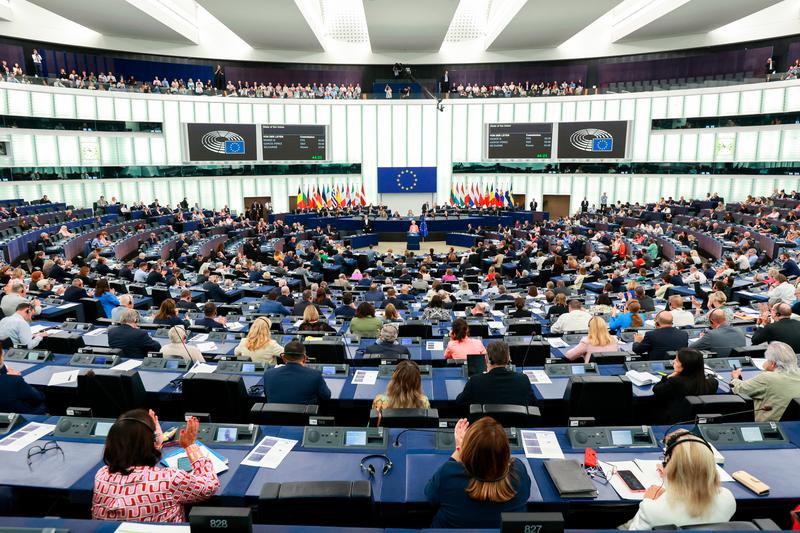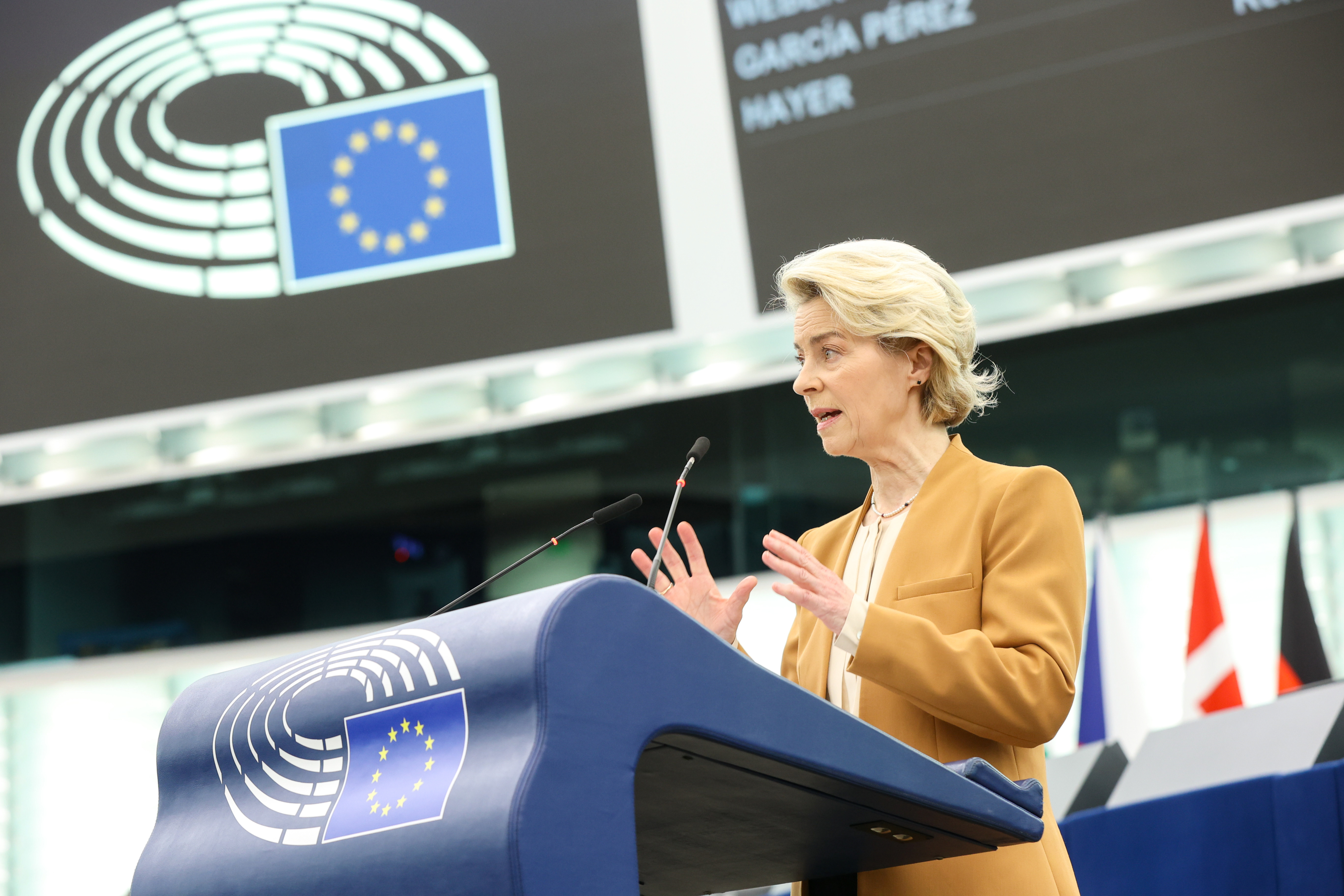Five things you should know about the European elections
European Parliament is the world’s only directly elected transnational assembly and only EU institution directly elected by citizens

On June 9, the European Union will hold its elections to the European Parliament (EP), as every five years.
More than 450 million people can vote to elect 720 representatives who will decide on crucial issues such as the climate crisis, security amid the war in Ukraine, or migration.
Far-right and Eurosceptic political parties will likely gain more representation.
But before we talk about the results, we need to vote. Here is what you need to know to understand the European elections.
450 laws during last term
The European Parliament is one of the legislative bodies of the European Union, together with the Council of the European Union and the European Commission. During the last term, the EU Parliament approved more than 450 laws.
Parliament approves also the EU budget and scrutinizes how the money is spent. In 2024 the EU budget was more than €189.4 billion.
It also elects the President of the European Commission, ratifies its Commissioners, and holds them to account.

Members States manage elections
Elections will be between June 6 and 9, but it is up to each country to manage the elections. In Spain, elections will be on between 9 am and 8 pm.
There are some common basic requirements The election should only take place between those set days according to EU institutions, EU citizens residingin other EU countries are eligible to vote but they can only do it in their country of residence, each citizen can vote only once and the number of MEPs elected from a political party is proportional to the number of votes it receives.
But it's not the same electoral system everywhere. Meanwhile, some countries like Spain have only one constituency, some other countries like France, Belgium, or Italy have many constituencies.
The first European elections were in 1979 when there were only nine state members, the first ones for Spain where in 1986.
15 more MEPs elected
A total of 720 MEPs will be elected in June 2024, 15 more compared to the previous vote.
Generally, the number of MEPs is decided before each election. The total cannot exceed 750 plus the president. The number of MEPs elected from each EU country is agreed upon before each election and is based on the principle of degressive proportionality, which means each MEP from a larger country represents more people than an MEP from a smaller country.
The minimum number of MEPs from any country is 6 and the maximum number is 96.
It should also be noted that the number of seats changed after Brexit, passing from 750 to 704. United Kingdom occupied 73 seats in the European Parliament, 27 of them were distributed to other countries, and the other 46 were set aside for future state members.

Here is the number of MEPs to be elected in each country from more to less:
- Germany: 96
- France: 81
- Italy: 76
- Spain: 61
- Poland: 53
- Romania: 33
- Netherlands: 31
- Belgium: 22
- Greece: 21
- Czechia: 21
- Sweden: 21
- Portugal: 21
- Hungary: 21
- Austria: 20
- Bulgaria: 17
- Denmark: 15
- Finland: 15
- Slovakia: 15
- Ireland: 14
- Croatia: 12
- Lithuania: 11
- Slovenia: 9
- Latvia: 9
- Estonia: 7
- Cyprus: 6
- Luxembourg: 6
- Malta: 6

Seven European political parties
Elections are contested by national political parties, but once MEPs are elected, most of them become part of a transnational political group.
Nowadays, the European Parliament is home to seven political European groups:
The European People's Party Group (EPP), the Progressive Alliance of Socialists and Democrats (S&D), Renew Europe (previously ALDE), the Greens/European Free Alliance (Greens/EFA), Identity and Democracy (ID), The Left Group in the European Parliament and European Conservatives and Reformists Group.
There is still another one, which features 'Non-Attached Members of the European Parliament,' who are not linked to any of the previous groups, like in the last term, the Catalan pro-independence Junts party, led by MEP Carles Puigdemont.
Far-right political parties are divided into two groups: Identity and Democracy, with the Spanish far-right political party Vox or the Italian Brothers of Italy of Georgia Meloni, and European Conservatives and Reformists Group, with the French Le Pen's National Rally party as one of the major groups.
It is required to have 23 MEPs minimum to form a group in the EP.
Von der Leyen or new Commissioner
At its first plenary session, where all MEPs meet, the new Parliament elects a President. In a subsequent session, Parliament will elect the new President of the European Commission and later will examine and approve the entire College of Commissioners.
So, after the June 9 elections, we will know if the President of the European Commission, Ursula Von der Leyen, is reelected for a second . In the last elections, her European political party, the European People's Party, was the most voted with 177 seats.